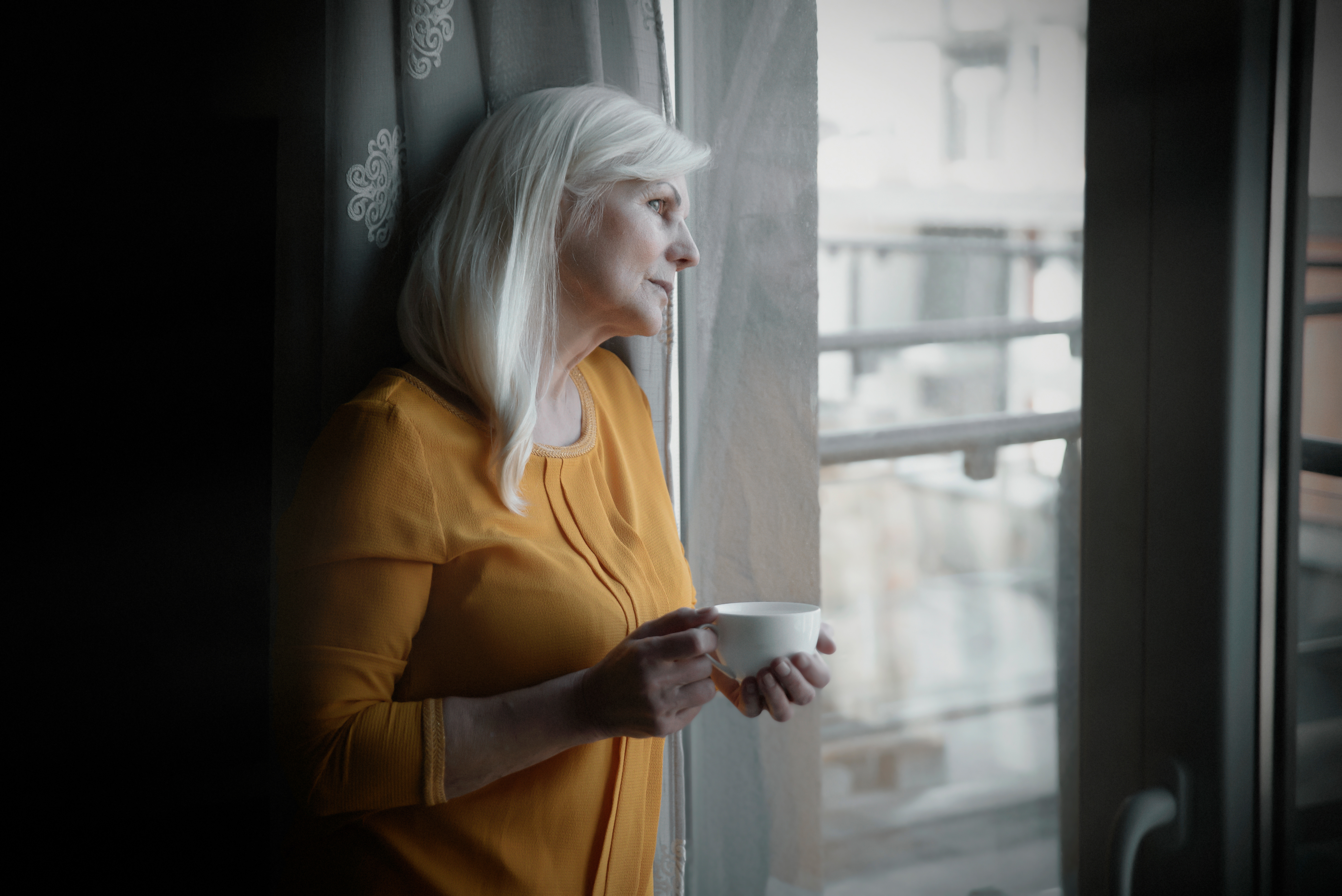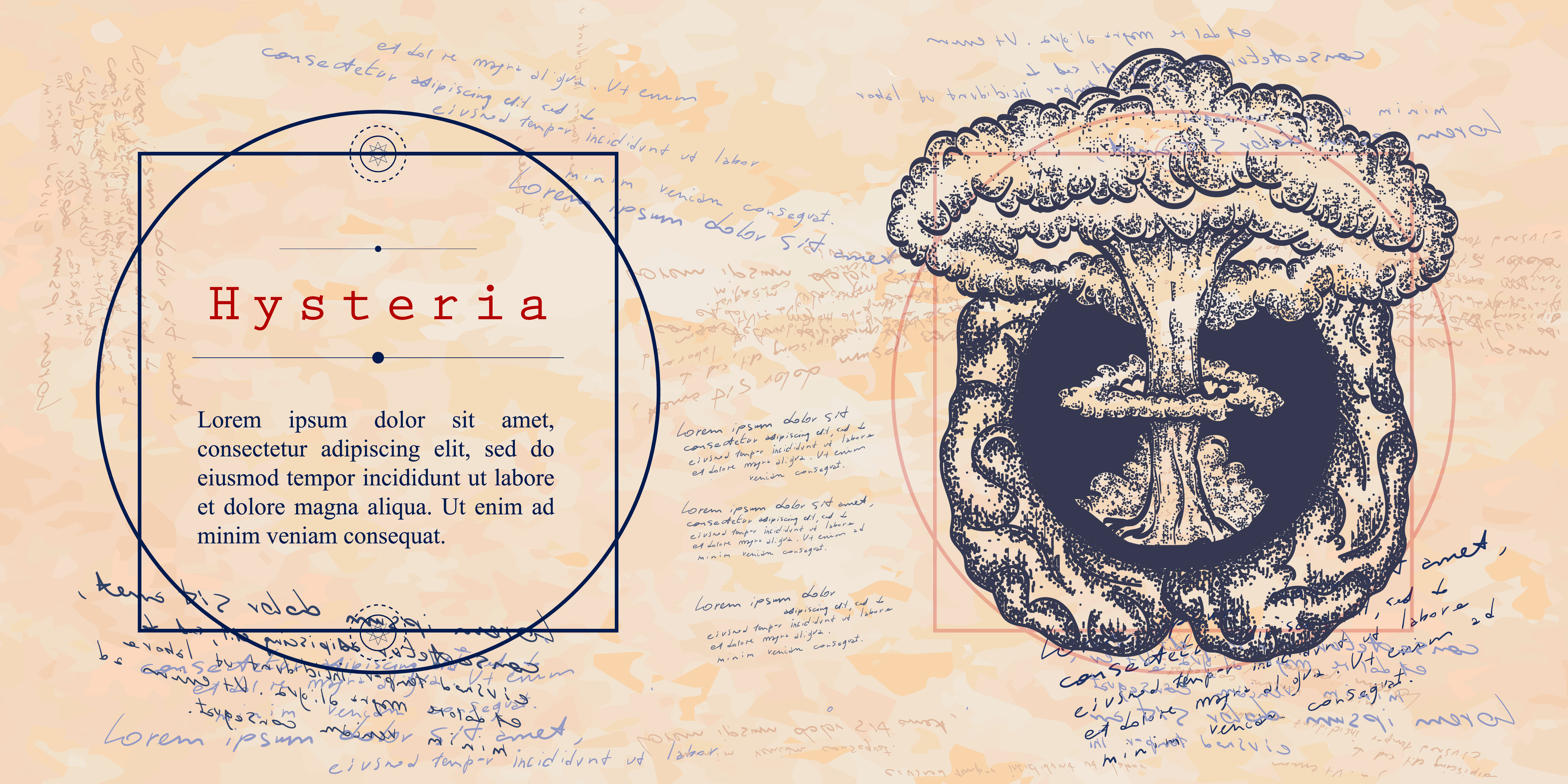So, we talk about happiness as a high, as something which enables you to feel light and buoyant. Its mirror image is a low, which we think of as depression, again something which has been medicalised.
Emotions: good, bad and maddening
Writer and Visiting Professor in Medical Humanities
- Emotions in themselves can be both good and bad at the same time; it’s when they take over and there is an imbalance that things begin to go astray.
- Women become the bearers of many of the emotional extremes. They are considered to be far more emotional than men.
- Freud allowed women to have and experience desire. Women’s desire was no longer aberrant.
- There has been a great medicalisation of our emotions and our potential behaviours. And we have nowhere to go except to doctors.
Classification of emotions
The classification of emotions has been with us for a very long time. The seven deadly sins are a form of classifying the emotions, of charting what is good and what is bad and what is desirable and not desirable. Emotions are aspects of feeling which lead you towards action, towards behaviour. And they also are linked to our motives. Emotions in themselves can be both good and bad at the same time; it’s when they take over and there is an imbalance that things begin to go astray. Every epoch, every moment in history, has its very own ways of behaving or characterising or acting crazy. So, what topples you over into something which is diagnosable by doctors? What topples you over is often that you don’t behave like everybody else or your emotions, the ones that are visible, don’t seem to be like those of others. Sanity itself, as a definition, of course, also changes because it’s very much linked to what society expects.

Women as the bearers of extreme emotions
Women become the bearers of many of the emotional extremes. They were considered to be far more emotional than men. And too much emotion, as we know, is something which can lead you into forms of behaviour which society doesn’t accept as being normal. For society here, read men. The Greeks believed women to be hysterical because of their wandering wombs. When that explanation of so-called hysteria was discounted at the end of the 19th century, hysteria was categorised as a version of epilepsy, characterised by fits. The thought of the basis of this hysteria, this enactment of too much emotion, this lability, which came with bodily symptoms like paralysis or anaesthesia of the body but of which the symptoms could not be found in physical characteristics, was thought of as a property of the woman being degenerate in some way. And so the nervous system was degenerate and this led to hysteria.

Equalising men and women’s emotions
So, we’ve had through time, for women, a great many explanations of behaviour which might, if women were running the explanatory discourse, be thought differently. One of our great mind doctors, and one who still influences many of the ways in which we understand emotion, is, of course, Sigmund Freud. Freud’s understanding, I think is still valid. Conditions which we think of as aberrant, which lead us to suffer a great deal internally or lead other people not to be able to contain us or live with us and therefore want to see somebody else intervene in our behaviour, are often the result of conflicting emotions. These may be linked to sexual desire or the problems that arise from society telling us that what we feel is inappropriate for women – don't forget that women, at that time, were not considered to have desire. Freud allowed equalising what men and women are and the kinds of emotions and desires and wishes that they’re allowed.
The Diagnostic and Statistical Manual of Mental Disorders
Freud gives us an important advancement in terms of what happens in talking therapy. His is not a classification of a great many ills. When we get to our own time, we have 960 pages of the kinds of things that can go wrong, many of them linked to aberrant emotion. These 960 pages of the Diagnostic and Statistical Manual of Mental Disorders, linked to treatments. These are often drug treatments.
We inhabit a rather different universe in terms of what can go wrong with and what can be classified from somebody at the end of the 19th century. According to the medical and psychiatric professions, any number of our behaviours fall within the aberrant category.
Medicalising our emotions
There has been a great medicalisation of our emotions and our potential behaviours, and we have nowhere to go except to doctors. Many of these doctors take us into the ambit of the pharmacological industry. Not all drugs are necessarily bad, but we’ve medicalised more and more of what humans are capable of. So, for this excess of classification, for example one of the things that’s often talked about is that shyness has become an illness and is something which can be treated quite often with drugs. Now, why should such shyness, timidity, be considered something which is aberrant? Isn’t it part of the great spectrum of what ordinary individuals in their many different kinds are capable of? We live in an epoch where too often we take our language of description from what medication can provide.

Questions where we need answers
In many schools, for example in America, if you feel despondent for two weeks, you might be given a questionnaire which allows you to put your emotions and your feelings into a readily supplied language. Do you sleep badly? Are you worried about things, and over how long a period? These questionnaires force you to think about your feelings, your emotions, your behaviour in rather delimiting ways. And the way to overcome these feelings becomes, increasingly, to have access to drugs. Now, you may self-medicate. You may decide that street drugs are better for you or you may take meds. On American university campuses, 25 per cent of people are currently on antidepressants.
If we were living in a different time, this might be understood differently. It would be understood that part of adolescence is to have extreme emotions: to feel low, to feel despondent, not to feel sure or to feel very excited, to feel passionate. And that would be treated in a different way. I think it is better for humans to be allowed a full spectrum of possibility. The talking treatments on the whole are less dangerous, because they’re less delimiting. They look at the person in action through time, and although this is done through narrative, through talk, it doesn’t innately engender a recourse to immediate solution. It means that you can actually think, reflect, and you may arrive at what Aristotle thought of as a proportionality in terms of emotion.
Discover more about
extreme emotions
Appignanesi, L. (2018). Everyday Madness: On Grief, Anger, Loss and Love. Fourth Estate.
Appignanesi, L. (2014). Trials of Passion: Crimes in the Name of Love and Madness. Virago Press Ltd.
Appignanesi, L. (2013). Losing the Dead. Virago Modern Classics.
Appignanesi, L. (2012). All About Love: Anatomy of an Unruly Emotion. W. W. Norton & Company.
Appignanesi, L. (2009). Mad, Bad and Sad: Women and the Mind Doctors. W. W. Norton & Company.
Appignanesi, L., & Forrester, J. (2005). Freud’s Women. Basic Books.